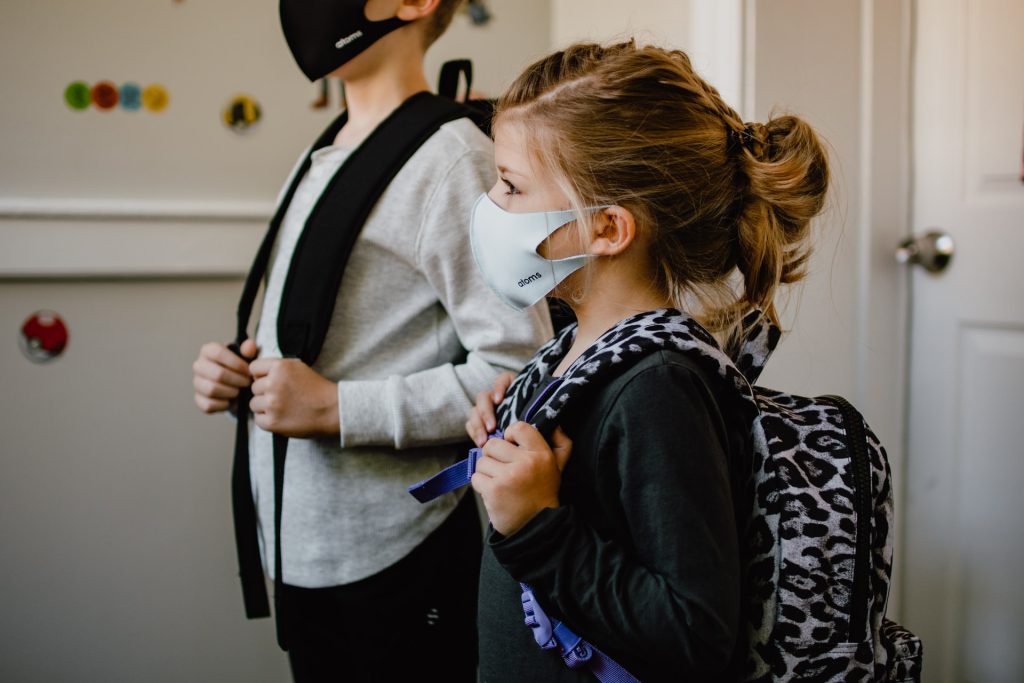Why People in Japan are Still Wearing Masks after COVID

When you think of Japan in the age of COVID, you might imagine a crowd of people wearing masks. But many of them are still wearing masks after the pandemic has ended. In an article published this month in the International Journal of Disaster Risk Reduction, a researcher from Osaka University analysed mask use before and after the government of Japan downgraded the legal status of COVID. Results showed that many people continue to wear masks for socio-psychological reasons – including reasons related to ‘relief’ and ‘norm’.
Of course, the obvious motivation for mask use is disease prevention. In the first half of 2020, masks were recommended worldwide because they help to prevent COVID transmission. Japan has since had one of the highest rates of mask usage throughout the pandemic.
However, on May 5, 2023, the World Health Organization declared the end of COVID as a global health emergency. Furthermore, on May 8, Japan downgraded the legal status of COVID to the same level as seasonal influenza.
Michio Murakami, the study’s author, notes, “The online survey shows that 59% of Japanese participants are still wearing masks, even after the downgrading of the legal status of COVID. That is only slightly down from 67%, which was before the downgrading.”
The surveys were conducted among people aged 20 to 69 in Japan. The first survey was performed in April 2023, before the policy changes, while the second was performed after the changes in June 2023. A total of 291 participants completed both surveys.
So what reasons, besides disease prevention, might lead people to continue wearing masks? “One common socio-psychological reason involves what we call ‘relief’. This means that wearing a mask can help relieve anxiety for many people,” explains Murakami. “There’s a second sociological reason, too: a ‘norm’. This refers to when people think they should wear a mask because they see others wearing masks,” he explains. People that have this trait are more likely to wear a mask when others around them are wearing masks, unsurprisingly.
Murakami was also able to document correlations between mask-usage motivations and actual mask usage. For instance, citing psychological reasons for mask use in April was correlated with actually wearing a mask later on in June. Furthermore, wearing a mask in April was associated with citing infection avoidance as a reason to wear masks in June.
“So many Japanese people prefer to wear masks,” notes Murakami. “This study helps us understand why people might do so, even in light of reduced infection risk.”
Source: Osaka University





